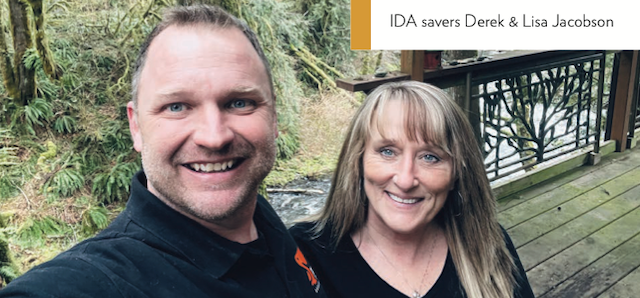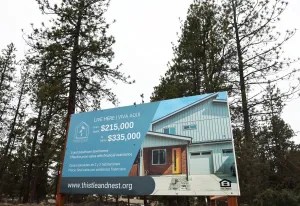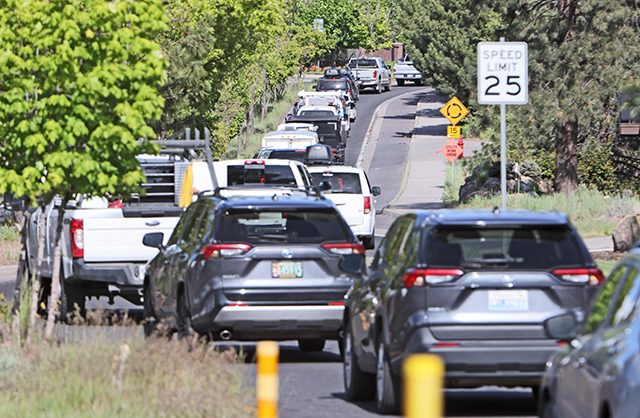Editorial: Creating small miracles with state-boosted savings
Published 2:19 pm Wednesday, April 9, 2025

- Derek and Lisa Jacobson were a success story for Oregon’s state-boosted savings program. (State of Oregon)
Derek and Lisa Jacobson wanted what many people want. They wanted a home.
They had met in Bend in 2017 and found it hard to pay bills. Lisa had two daughters and had raised them by herself, before meeting Derek.
They weren’t able to qualify for a mortgage. Lisa found out about the individual development account program through Central Oregon’s NeighborImpact. They learned how to better manage their money. And every time they saved money, they also got a boost from the program adding more money to their savings.
Housing costs in Bend were too high. They did, though, find a home they could afford in Otis and were able to purchase it. They later could start their own business.
That’s success. It’s a building of family wealth, where it may not have happened, a small miracle.
The state of Oregon uses the family’s story to highlight how the state’s individual development account program can help people reach their goals.
What’s the best way to help low-income families? Hand them cash? Give them money that can only be spent on certain things, such as housing or food? Provide free education?
An idea that Congress kicked off in 1988 was to make federal dollars accessible for matched savings programs. They were – individual development accounts.
The general idea was that if a person qualified, and they saved money for certain approved purchases – often housing purchases or education – the government would, in turn, match the amount saved fully, more than fully or partially. Basically, save a $1, get another dollar from the government. The hope was it might be a good way to encourage people to save, build that habit and help more low-income people get more long-term financial security.
The initial federal program went away. The state of Oregon has had its own program since 1999.
Does it work?
A state report from 2024 says so. It backs that up with statistics and individual anecdotes of success.
“Nearly all (92%) participants who exited the program in 2022 and 2023 completed financial education and utilized matching cash to pursue their financial goals,” the report says. “These 2,223 participants made savings deposits of $5.3 million and secured $15.5 million in matching cash toward their financial goals. More than half of the matching cash went to people of color, reflecting the Initiative’s attention to building an equitable program.”
If there is anything lacking in the report, we would like to better understand how an investment in this program contrasts with investments in other state programs to help low-income families. How does this fit into the mix? Is the balance right among the programs? Where does the state get the most critical bang for the buck?
Oregon’s individual development account program has a maximum match of $5 for every $1 saved by the participant with a maximum of $6,000 annual state contribution. It’s a generous deal for participants. The money can be used “to invest in a first home, pursue post-secondary education, develop a business, or otherwise increase income and prevent financial hardship through a stability-related goal (such as vehicle purchase or repair, emergency savings, and home repair).”
Oregon’s program isn’t just about handing people money. Participants also get financial education about managing spending and debt and understanding credit reports.
Funding for this program in Oregon is not automatic. A bill in Legislature in 2020 appropriated $4.5 million. A bill in 2021 appropriated $7 million. A bill in 2024 would have appropriated $10 million but was stuck in committee. A second bill appropriated $5 million.
This year, the question of how much money this program should get is up again. An amendment to House Bill 3809 would give the program $2.5 million every quarter. That amendment was adopted earlier this week. The bill’s fate is still up in the air.
This program can promote responsible financial behavior and birth some small miracles. The price is never going to be cheap.






